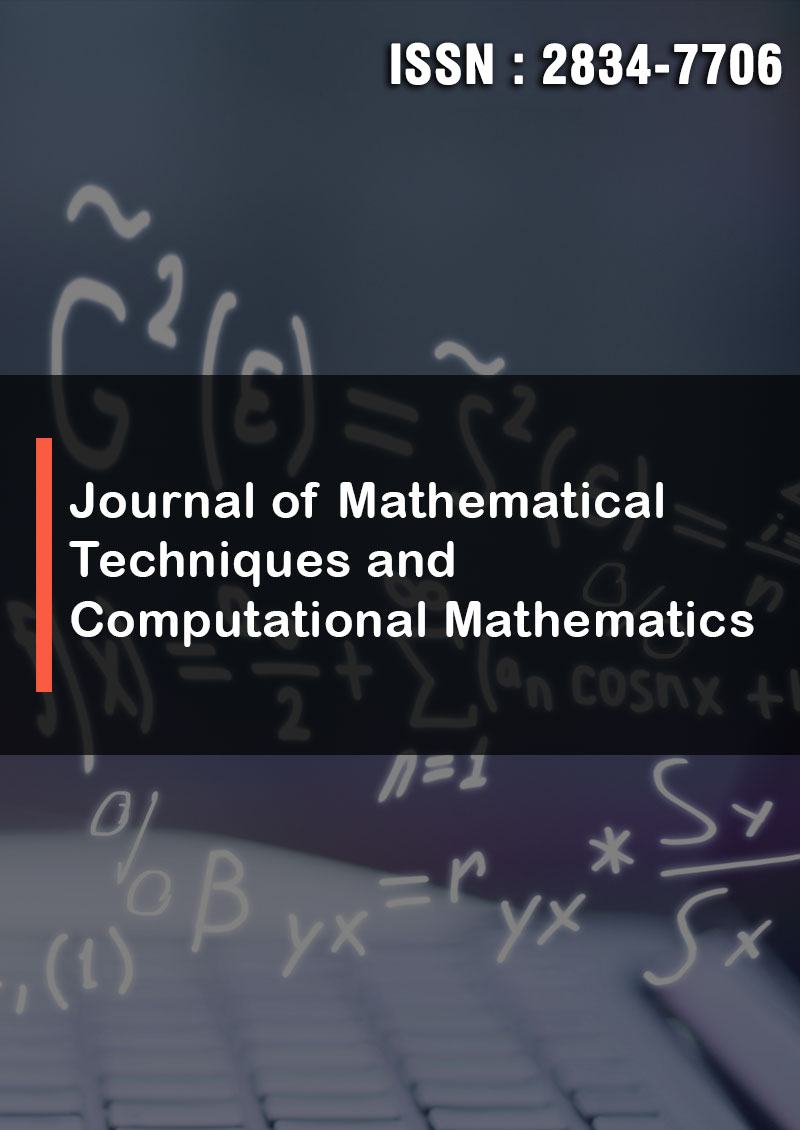Some Super Hyper Degrees and Co-Super Hyper Degrees on Neutrosophic Super Hyper Graphs and Super Hyper Graphs Alongside Applications in Cancers Treatments
Abstract
Henry Garrett
In this research, new setting is introduced for new notions, namely, Super Hyper Degree and Co-Super Hyper Degree. Two different types of definitions are debut for them but the research goes further and the Super Hyper Notion, Super Hyper Uni- form, and Super Hyper Class based on that are well-defined and well-reviewed. The literature review is implemented in the whole of this research. For shining the elegancy and the significancy of this research, the comparison between this Super Hy- per Notion with other Super Hyper Notions and fundamental Super Hyper Numbers are featured. The definitions are followed by the examples and the instances thus the clarifications are driven with different tools. The applications are figured out to make sense about the theoretical aspect of this ongoing research. The cancer’s treatments are the under research to figure out the challenges make sense about ongoing and upcoming research. The special case is up. The cells are viewed in the deemed ways. There are different types of them. Some of them are individuals and some of them are well-modeled by the group of cells. These types are all officially called “Super Hyper Vertex” but the relations amid them all officially called “Super Hyper Edge”. The frameworks “Super Hyper Graph” and “neutrosophic Super Hyper Graph” are chosen and elected to research about “cancer’s treatments”. Thus, these complex and dense Super Hyper Models open up some avenues to research on the- oretical segments and “cancer’s treatments”. Some avenues are posed to pursue this research. It’s also officially collected in the form of some questions and some problems. If there’s a Super Hyper Edge between two Super Hyper Vertices, then these two Super Hyper Vertices are called Super Hyper Neighbors. The number of Super Hyper Neighbors for a given Super Hyper Vertex is called Super Hyper Degree. The number of common Super Hyper Neighbors for some Super Hyper Vertices is called Co-Super Hyper Degree for them and used Super Hyper Vertices are called Co-Super Hyper Neighbors. A graph is Super Hyper Uniform if it’s Super Hyper Graph and the number of elements of Super Hyper Edges are the same. Assume a neutro- sophic Super Hyper Graph. There are some Super Hyper Classes as follows. It’s SuperHyperPath if it’s only one SuperVertex as intersection amid two given Super Hyper Edges with two exceptions; it’s SuperHyperCycle if it’s only one SuperVertex as intersection amid two given Super Hyper Edges; it’s Super Hyper Star it’s only one SuperVertex as intersection amid all Super Hyper Edges; it’s SuperHyperBipartite it’s only one SuperVertex as intersection amid two given Super Hyper Edges and these SuperVertices, forming two separate sets, has no Super Hyper Edge in common; it’s SuperHyperMultiPartite it’s only one SuperVertex as intersection amid two given Super Hyper Edges and these SuperVertices, forming multi separate sets, has no Super Hyper Edge in common; it’s SuperHyperWheel if it’s only one SuperVertex as intersection amid two given Super Hyper Edges and one SuperVertex has one Super Hyper Edge with any common SuperVertex. The number of Super Hyper Edges for a given Super Hyper Vertex is called Super Hyper Degree.



